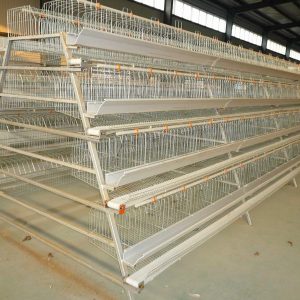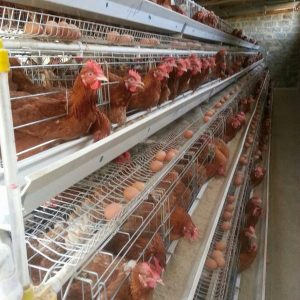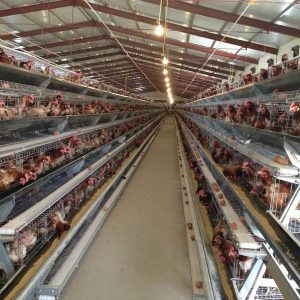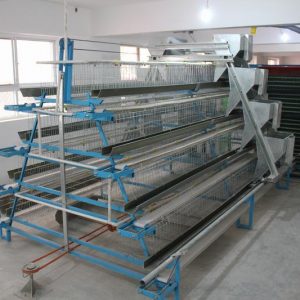
Feeding methods before laying hens
A few weeks before the start of laying is the transitional stage of the hen from the growing period to the laying period. Improper feeding and management can easily affect the laying performance. Feeding methods before laying hens:
(1) Change the feed in due course. 2 weeks before the start of laying, the calcium deposit capacity in the bones is the strongest. In order to increase the hen’s production, reduce the egg breakage rate, and reduce the occurrence of laying hen fatigue, the calcium content in the diet should be reduced from 0 at the age of 17 weeks. .
9% increased to 2. 5%; when the laying rate reaches 20% to 30%, it is replaced with a diet for laying hens with a calcium content of 3.5%.
(2) Guarantee feed intake. Free feeding should be resumed before the start of labor, so that the chickens are full, ensure a balanced nutrition, and promote the increase in egg production.
(3) Ensure drinking water. At the start of production, the chicken body has a strong metabolism and requires a large amount of water. It is necessary to ensure sufficient drinking water. Insufficient drinking water will affect the increase in egg production rate, and there will be more prolapses.
Feeding before the start of production not only affects the increase in egg production rate and the duration of peak egg production, but also affects the rate of dead panning. Therefore, we must pay attention to feeding at this stage.



